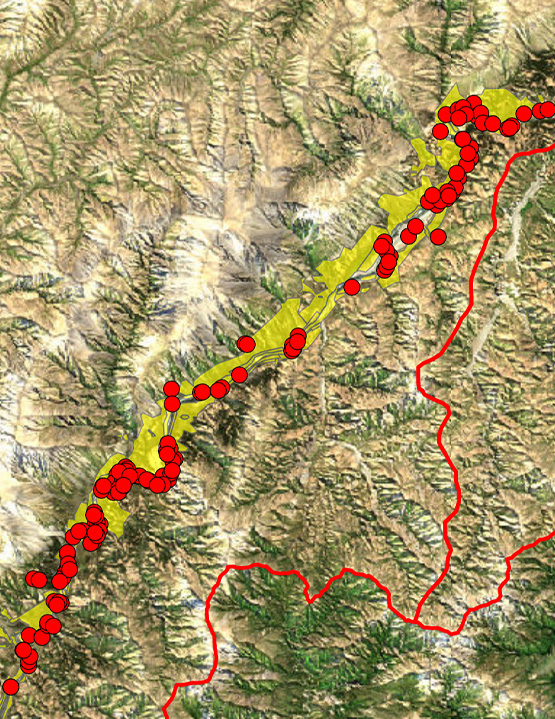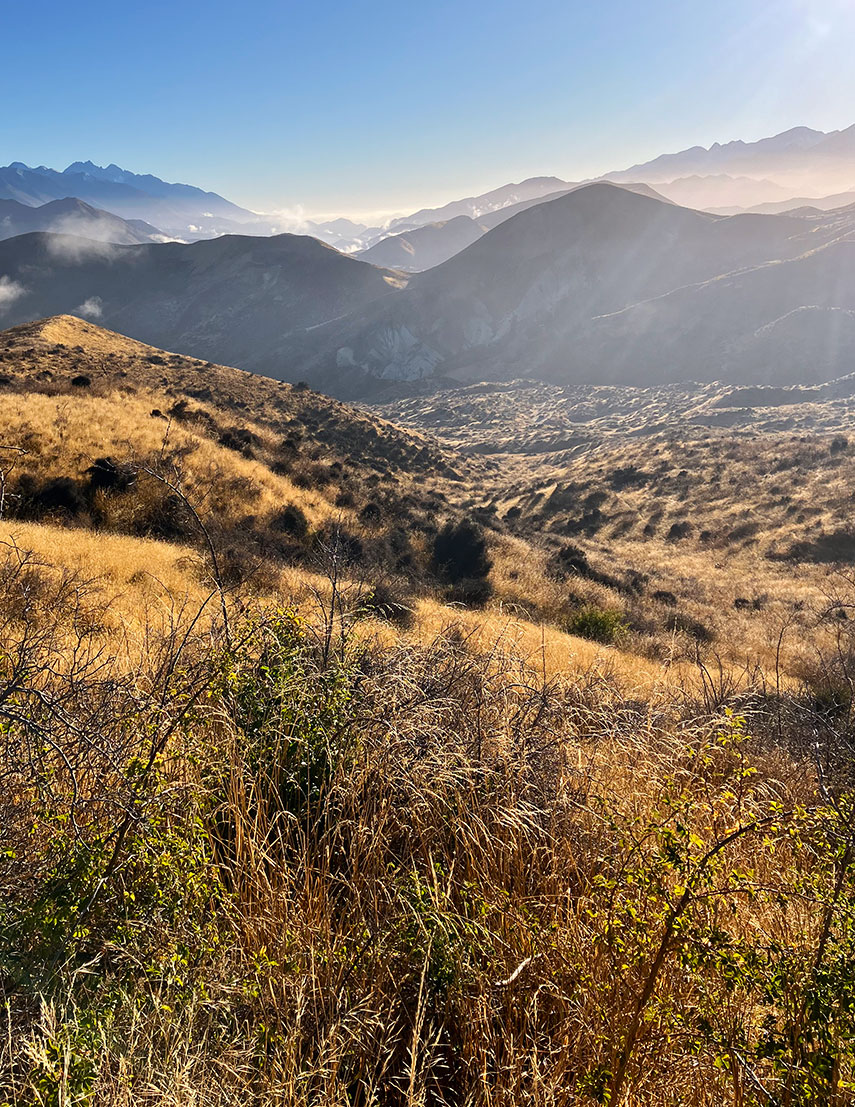Developing a comprehensive approach to managing invasive weed species.
The Waiau Toa | Clarence River is one of Aotearoa New Zealand's few remaining braided rivers. It originates in Canterbury's St James Range and flows out to the coast north of Kaikōura. This 209-kilometre river supports a unique ecosystem, and is home to indigenous species such as tarapirohe / black-fronted tern, pohowera / banded dotterel, and tōrea / South Island pied oystercatcher; as well as rare native plants adapted to the shifting river channels.
Invasive plant species - including gorse, broom, tree lupin, and willow - pose a major threat to the river's ecological health, reducing available habitat, disrupting native plant growth, and altering sediment transport.
The Waiau Toa | Clarence River is of cultural significance to Ngāi Tahu and Ngāti Kurī. The river is considered the male counterpart to the female Waiau-Uwha river, which extends from the upper extent of the Spenser Mountains to the river mouth north-east of Cheviot. Prior to European settlement, the Waiau Toa | Clarence River valley was a key inland route. Its abundance of resources supported extensive seasonal occupation and travel.



